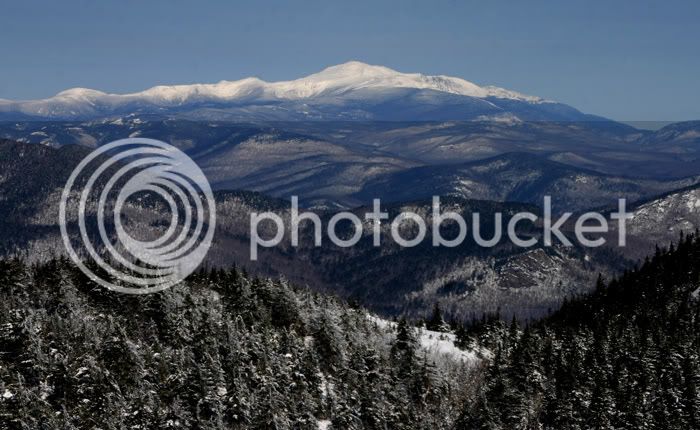forestgnome
New member
Often I try to shoot scenics like this, but they often seem flat with the telephoto. I like this view because of the expanse of the Presidentials, but there are many miles between Mt Chococorua and the Presidentials. This one isn't that flat (or is it!), but oftten they are. I try to include foreground to add depth, but it often looks difficult and contrived. What do you think of this composition and what are tricks to scenics at ~500mm?

Happy Trails

Happy Trails




